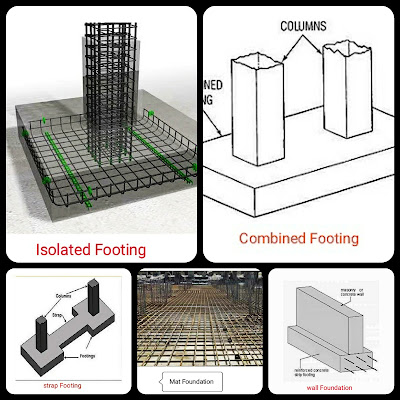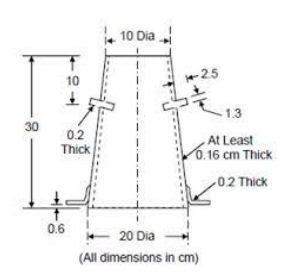Clear cover of Concrete As per ACI Code
Clear Cover: Clear cover can be defined as the clear distance between the surface of the concrete and surface of the rebar.| Description | Clear Cover, inch |
| Concrete cast against and permanently exposed to earth | 3 |
| Concrete exposed to earth or weather: No. 06 through No.18 bar No.05 bar and wire | 2 1.5 |
| Concrete not exposed to weather or in contact with ground: Slabs, walls, joists: No.14 and No.18 bars No. 11 bars and smaller | 1.5 0.75 |
| Beams, Column | 1.5 |
| Shells, folded plate members No.6 bars and larger No.05 bars and smaller | 0.75 0.50 |






























